Optimal Timing for Fiberglass Shower Repairs
Fiberglass shower repairs are most effectively performed during periods of stable indoor conditions. Temperature fluctuations and high humidity levels can impact the curing process and adhesion of repair materials. Optimal conditions typically include moderate temperatures and low humidity, ensuring a strong, lasting repair.
Spring and early fall often provide the best weather conditions for fiberglass repairs, with moderate temperatures and lower humidity levels.
Repairs should be scheduled when temperatures are between 60-80°F (15-27°C) for optimal curing and adhesion.
Low humidity levels prevent moisture from interfering with the repair process, reducing the risk of bubbles and weak spots.
Perform repairs during periods when the shower will not be used frequently to allow proper curing without disturbances.
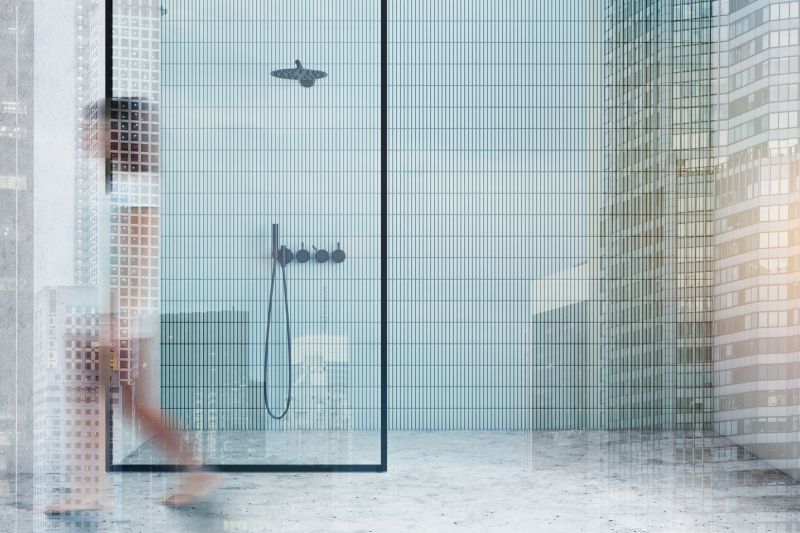
Ways to make Fiberglass Shower Repairs work in tight or awkward layouts.
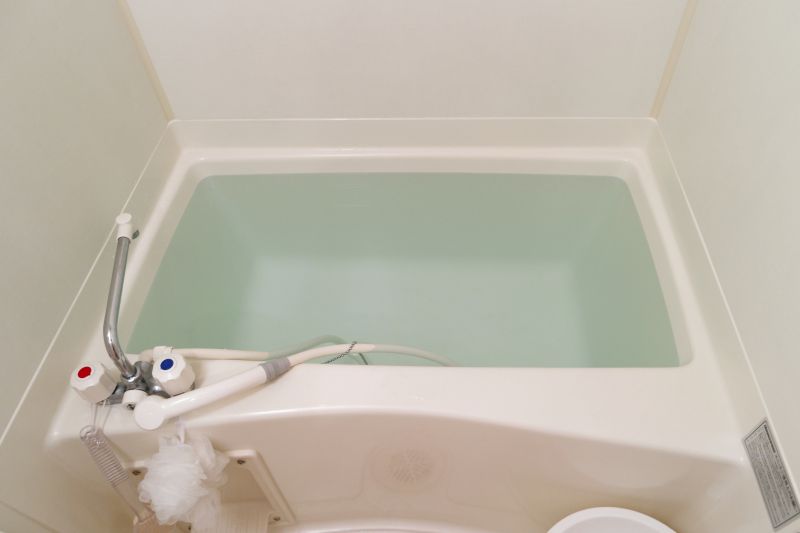
Popular materials for Fiberglass Shower Repairs and why they hold up over time.

Simple add-ons that improve Fiberglass Shower Repairs without blowing the budget.
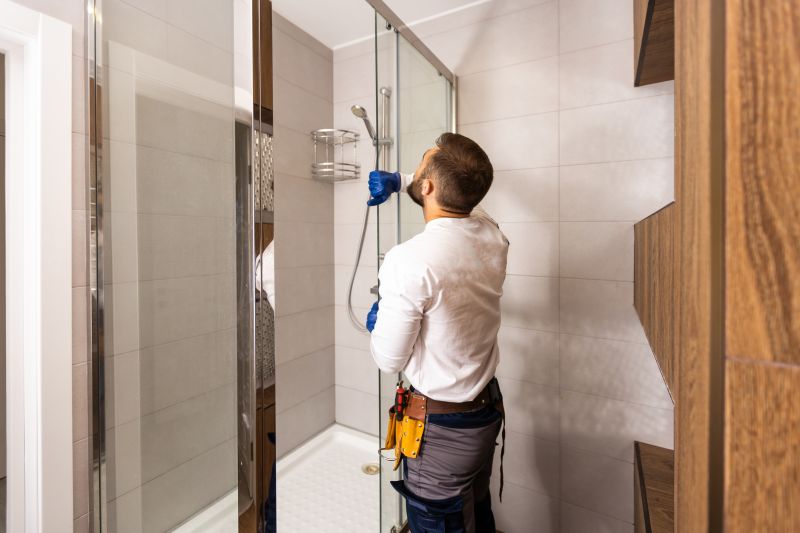
High-end options that actually feel worth it for Fiberglass Shower Repairs.
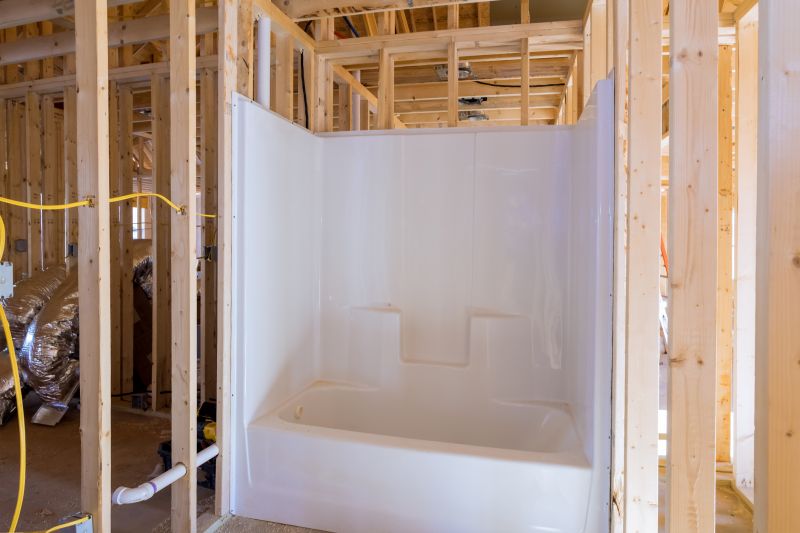
Finishes and colors that play nicely with Fiberglass Shower Repairs.
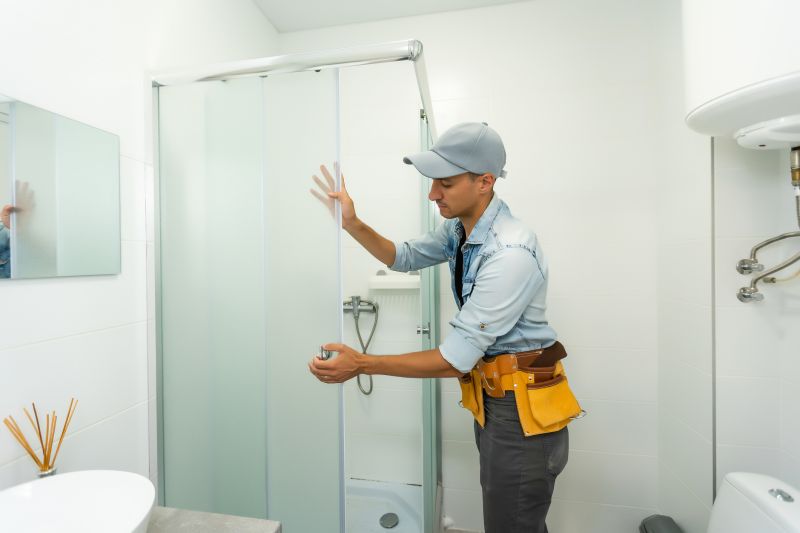
Little measurements that prevent headaches on Fiberglass Shower Repairs day.
Fiberglass shower repairs involve several key steps to restore the surface's integrity and appearance. The process typically begins with thorough cleaning and assessment of the damage. Cracks, chips, or discoloration are identified to determine the appropriate repair method. Repair kits often include resin, hardeners, and sanding tools to ensure a smooth finish. Proper surface preparation and environmental conditions are crucial for a durable repair.
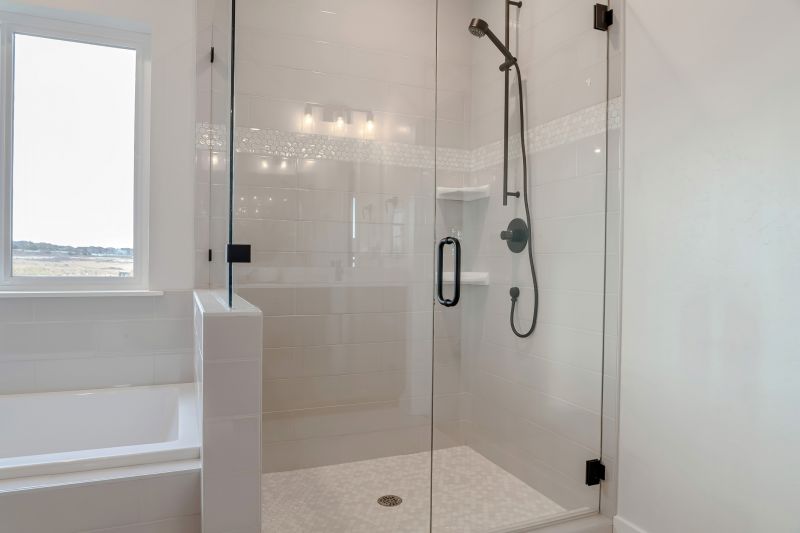
A 60-second routine that keeps Fiberglass Shower Repairs looking new.

A frequent mistake in Fiberglass Shower Repairs and how to dodge it.

Small tweaks to make Fiberglass Shower Repairs safer and easier to use.
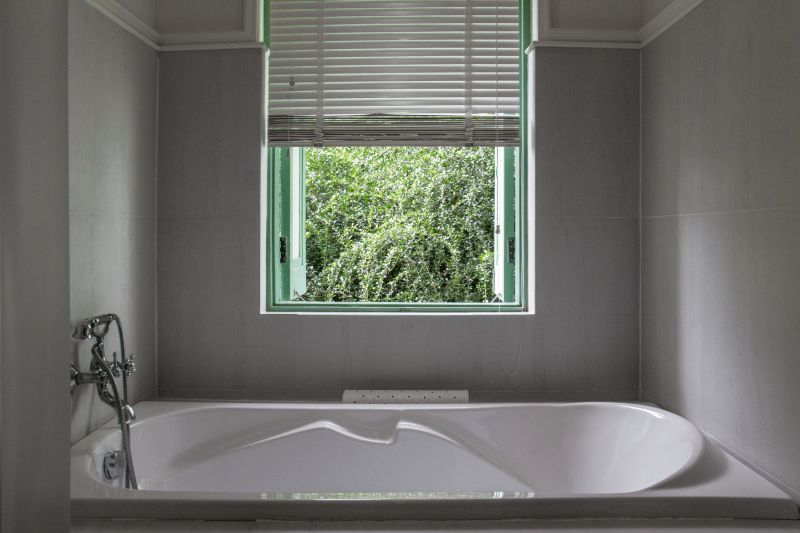
Lower-waste or water-saving choices for Fiberglass Shower Repairs.
| Factor | Recommended Conditions |
|---|---|
| Temperature | 60-80°F (15-27°C) |
| Humidity | Low levels preferred |
| Weather | Clear, stable conditions |
| Time of Year | Spring or early fall |
| Usage Restrictions | Avoid heavy use during curing |
Choosing the right time for fiberglass shower repairs can significantly influence the durability and appearance of the finished surface. Proper environmental conditions ensure the materials cure correctly, reducing the likelihood of future issues. Scheduling repairs during favorable weather and stable indoor conditions helps achieve the best results, extending the lifespan of the repair.
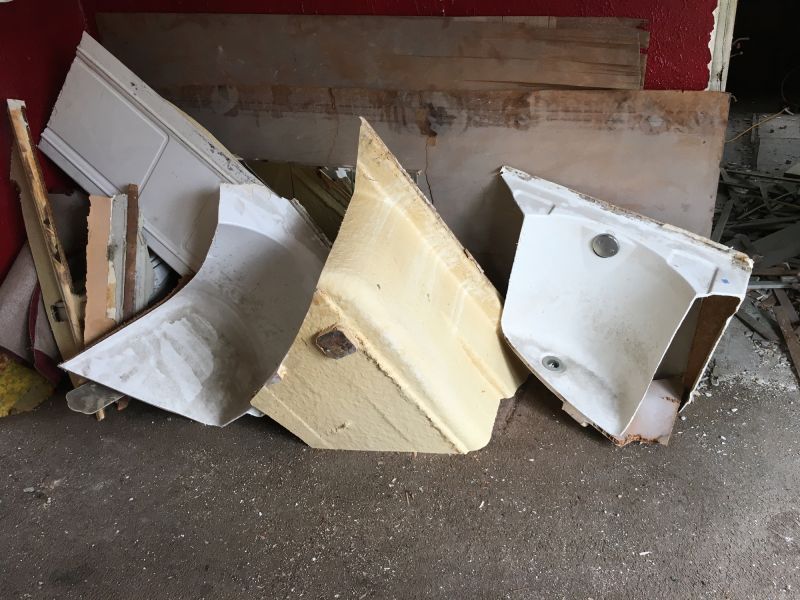
The short, realistic tool list for quality Fiberglass Shower Repairs.

Rough timing from prep to clean-up for Fiberglass Shower Repairs.
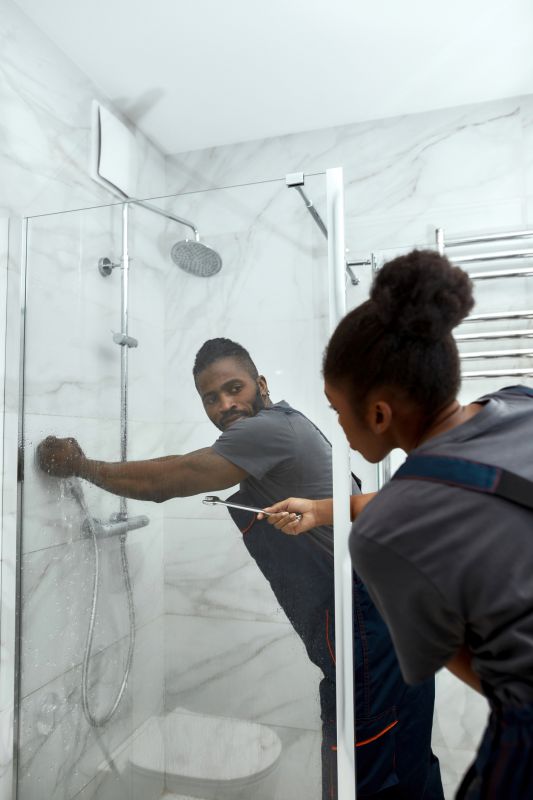
Quick checks and paperwork to keep after Fiberglass Shower Repairs.

Examples that show the impact a good Fiberglass Shower Repairs can make.
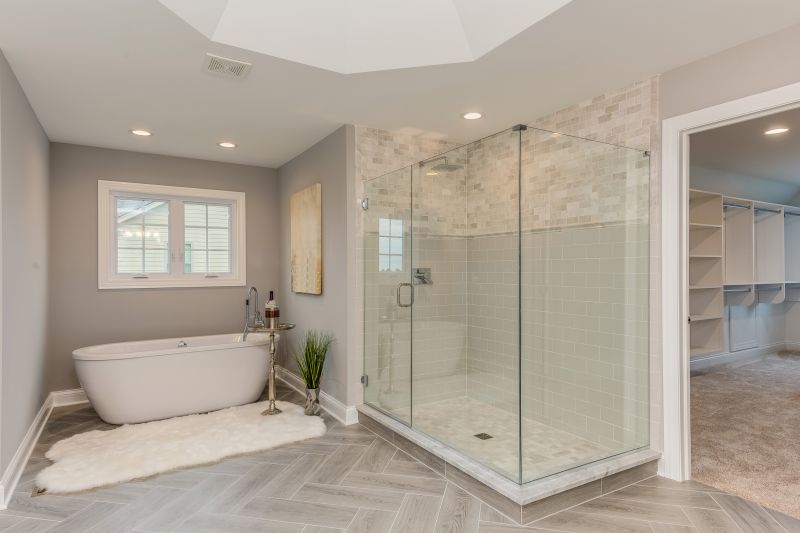
Ways to make Fiberglass Shower Repairs work in tight or awkward layouts.

Ways to make Fiberglass Shower Repairs work in tight or awkward layouts.
Interested parties are encouraged to contact for further information or to schedule a fiberglass shower repair. Proper timing and environmental conditions are essential for a successful restoration, ensuring the shower's longevity and appearance are maintained.
